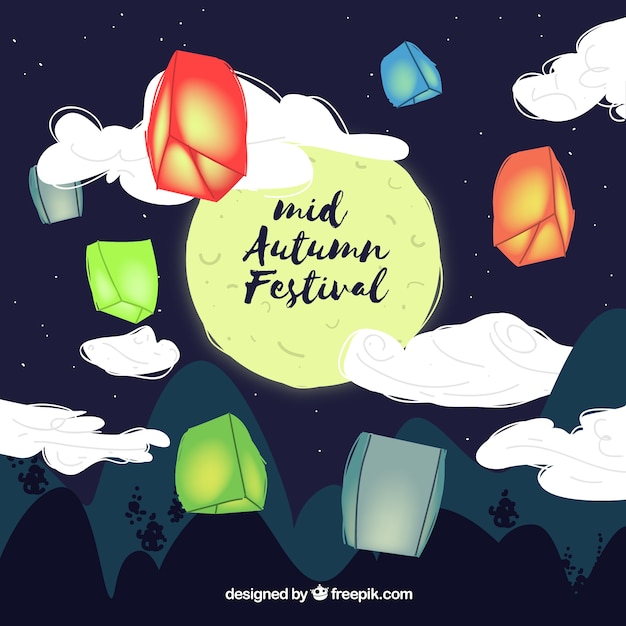

Bathing in a hot tub became more common in the Azuchi-Momoyama period (1568–1603), and a similar garment, yukata, was worn after bathing to absorb sweat. In the Heian period (794–1185), members of the aristocracy wore a single-layer robe known as a katabira for steam bathing, which was mainstream at the time. Nowadays, it is a popular event, attracting tens of thousands of visitors. The festival stopped in 1913, but was revitalized by its supporters in 1948. (© Pixta) Iriya Morning Glory Festival, (July 6–8)Įarly in the Meiji era (1868–1912), a dozen or so gardeners in Iriya in downtown Tokyo cultivated different varieties of morning glory ( asagao) with gorgeous flowers, and began holding a morning glory festival. Sōmen with tsuyu, a dipping sauce, and condiments such as shiso and myōga. In the Nara period, people ate sakubei, cord-like noodles made with a blend of wheat and rice flour, which evolved into sōmen in later years. The noodles are served with tsuyu, a dipping sauce, and condiments such as shallots, ginger, shiso, and myōga (native Japanese ginger). They are boiled for one to two minutes and then chilled in icy water. Sōmen, fine white noodles, are a popular food for Tanabata. Tanzaku with wishes written on at Tanabata. These are based on colors associated with the five elements in Chinese cosmology (wood, fire, earth, metal, and water), except that the original black connected with water is not considered lucky in Japan and was replaced with purple. The paper comes in five colors: green, red, yellow, white, and purple. On this evening, it is possible to view the two stars “crossing the Milky Way” to be reunited.Ī custom of writing prayers on strips of colored paper and tying them to bamboo grass emerged around the Edo period (1603-1868). Tentei therefore deemed that, if they worked earnestly, they could meet once a year, on the night of July 7. However, the two lovers were so brokenhearted, they could not work for weeping. After they wed, they spent their days in leisure, angering Tentei, who separated them on the opposite banks of Amanogawa (“Heavenly River,” the Milky Way) to put them back to work. The Tanabata story, introduced from China during the Nara period (710-794), tells of Orihime (the “Weaving Princess”), who wove every day for her father Tentei (the “Sky King”), who arranged for her to meet and marry Hikoboshi (the “Boy Star”, also referred to as Kengyū, the “Cowherd”). One is the ancient story from China of the weaver star (Vega) and cowherd star (Altair), another is Kikkōden, when weavers and needleworkers pray for improved skills, as well as Tanabatatsume, when young women weave fabric for garments to welcome the gods.

It is held to pray for an abundant harvest, although there are a number of traditions that converge on this date. Tanabata is one of the five key seasonal festivals of the year (January 7, March 3, May 5, July 7 and September 9). This article will look at events and natural phenomena in the period roughly from July 7 to 22. Cicadas emerge in song and lotuses bloom. It is considered high summer until the official beginning of autumn Risshū, around August 7, after which the term zansho is used to describe the lingering late summer heat. As speculation about the end of the rainy season grows, there is a tendency for localized sudden downpours (known in Japan as “guerrilla rainstorms”). Shōsho (Lesser Heat) is the name of the solar term that starts around July 7 on the modern calendar.


 0 kommentar(er)
0 kommentar(er)
